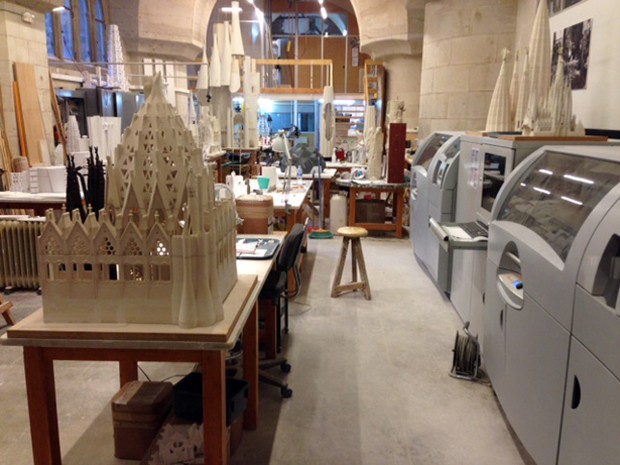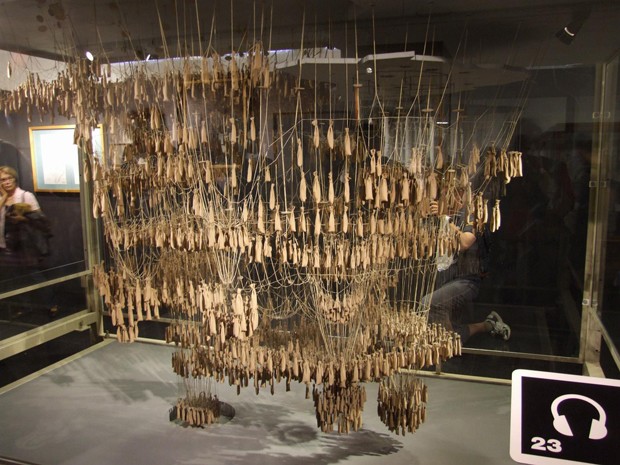Catalan architect Antoni Gaudi’s Sagrada Familia church in Barcelona is famed for being unfinished despite beginning construction in 1882, but recent reports reveal that 3D printing will speed up the build process of the 19th Century project.
According to the BBC, the project used to rely on hand-crafted prototype models from Gaudi’s designs before they were actually realised. However, in 2001 – 14 years ago – the consortium introduced 3D printing to speed up and reduce the costs of the creation of complex prototypes.
Taking approximately 12 hours for each model to be printed, the machines work by alternating layers between dust and binding material to create a material similar to plaster – a material that allows craftsmen to add finishing touches or easily alter the models.
Because it is modular, different parts can be swapped in and out before the final designs are brought to life.

Image: on3Dprinting
Although few drawings were made by Gaudi for the church, PhD candidate at Harvard University Graduate School of Design, Peter Sealy, explains that his original models can be 3D scanned using current day technology, and reverse engineered for design development and fabrication.
He tells ArchDaily:
“Antoni Gaudí made few drawings for Sagrada Família, which in any case is so complex as to be rather undrawable, at least with normal architectural projections. What he did leave upon his death in 1926 was a geometric system of ruled surfaces (making the cathedral undoubtedly a “proto-parametric” design) and a working method which translated these geometries into plaster models. Many of Gaudi’s models were smashed by anarchists during the Spanish Civil War, but the surviving fragments can now be digitized using 3-D scanners.
“Gaudi’s design intentions can be reverse-engineered from these computer models, which can then be used for design development (the working tradition of Gaudi’s atelier continues, now with the 3-D printing of plaster models) and fabrication, with stone cut robotically and concrete poured into moulds made from 1:1 scale 3-D prints. Quite something!
“Consulting architect to the Sagrada Familia since 1989, the New Zealander Mark Burry and his Melbourne- and Barcelona-based team have worked on these processes of digitization in order to unlock Gaudi’s methodologies. For more information, see here or in Gaudi Unseen, a 2007 exhibition catalogue (Berlin: Jovis).”
The Sagrada Familia now has an expected completion date of 2026.

Gaudi's model of the building loads and stresses of the Sagrada Familia. It works on an 'upside-down' gravity principle with little weighted bags. Image: cleftref

